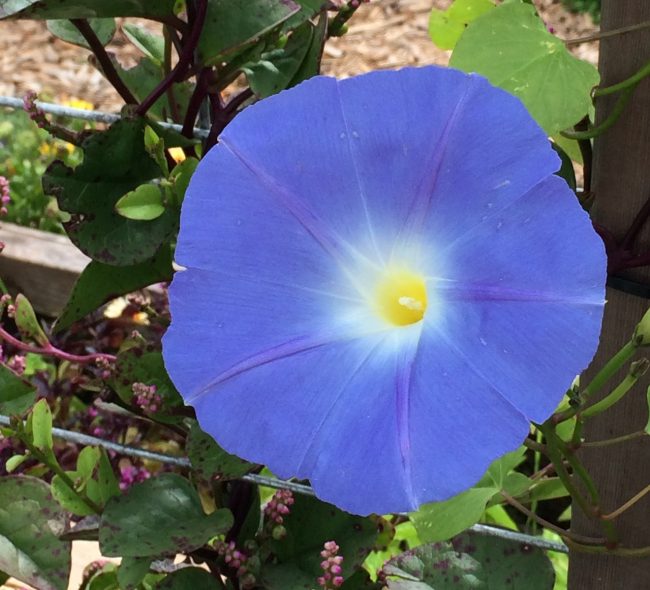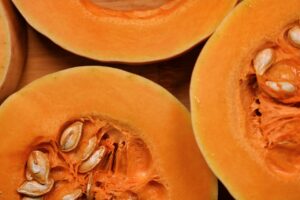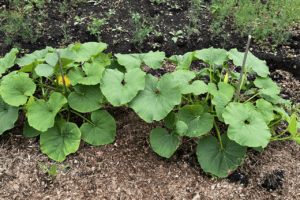In my last post, I wrote about the basic needs for germination of most seeds we gardeners grow. However, as my high school French teacher used to say, “there are always exceptions!”
Some seeds don’t germinate easily under the usual conditions. They have developed strategies to delay germination in order to protect the continuity of the species. What? How can delaying germination protect the continuity of a species of plant? It relates to keeping a seed dormant until it’s safe to come to life. As gardeners, we can employ certain techniques to coax the seeds to come out of dormancy. Three of these are soaking, stratification and scarification.
Soaking: Seeds such as parsley and beets have germination inhibitors that can be removed by soaking for a period of time (length of time depends on the type of seed) and changing the water two or three times during the process. This replicates the action in nature where rains perform this task.
Stratification: Many of our Canadian Prairie native plants such as Brown-eyed Susans (Rudbeckia hirta) have seeds that mature in the fall and drop to the ground. Rain and warm fall weather could initiate germination of these seeds. When frost arrives, it would kill the tender seedlings before they had the chance to grow, flower and produce seeds for the next generation of plants. These seeds also have chemical inhibitors and must undergo a period of cold temperatures before they will germinate. If I want to get a head start on the growing season I can place the seeds on a moist paper towel in the refrigerator for a period of weeks, giving them an experience of winter’s moist, cool conditions. This will coax them to move into the natural rhythm of spring germination. There are lists online that name plants with seeds that benefit from stratification.1

Scarification: One of my favourite flowering annuals, the ‘Heavenly Blue’ morning glory (Ipomoea tricolor ‘Heavenly Blue’), has a very hard seed coat that keeps water from entering. This can enhance the seed’s chances of being widely dispersed by passing intact through the digestive tract of an animal. By scratching a small part of the seed coat’s surface with sandpaper or nicking it gently with a nail clipper (away from the “eye” of the seed) and then soaking the seed for a few hours, the seed will usually “wake up.”
These categories are not clearly delineated. There can be overlapping reasons for dormancy and some seeds can be dormant for one reason earlier and for another reason at a later point.
As gardeners who sow seeds in the spring, we are drawn into imitating the processes that exist in nature and meeting the plants on their terms. The fact that these plants are still existing on this planet tells us that these survival strategies have worked. Sometimes I wonder who is coaxing whom.
1 Some of the commonly grown Canadian native plants that need stratification are listed here: https://gaiaorganics.ca/how-to-cold-stratify-seeds-for-spring-planting
Wendy spent a good part of her adult life moving with her husband, never staying long enough to see an apple tree mature and bear fruit. When they retired, developing a food garden and planting hardy ornamentals became a passion. Weaving her previous studies in nutrition with her current interest in gardening has become a stimulating and life-giving activity.





I am inspired by the “wisdom of seeds”, and the strategies seeds develop to ensure their survival and flourishing. A kind of miracle in and of itself.
I am intrigued, Wendy, by your 3 S’s for coaxing seeds into germination – each a kind of loving them into life, when we “meet…the plants on their terms.” Thank you.